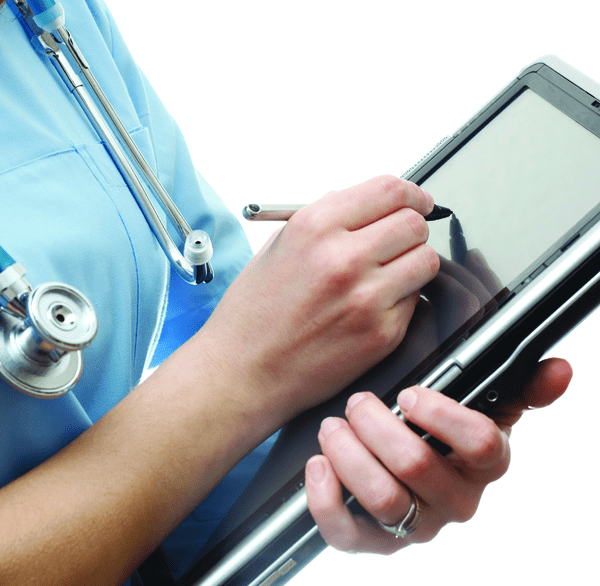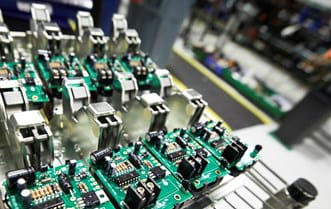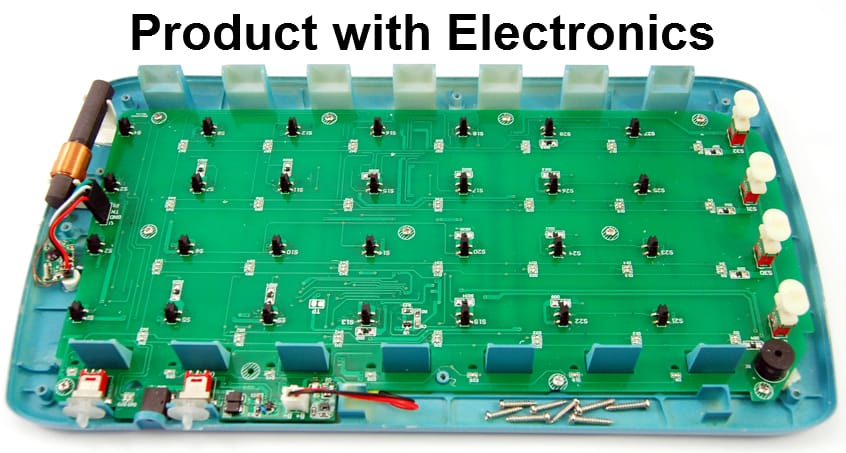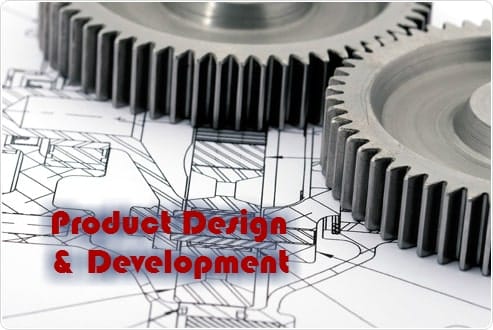Developing a medical device product is always a challenging, time-consuming, and an arduous task. However, developing a medical device product that includes software (products with embedded software), is even a more demanding task. Today’s medical device products with embedded software are able to save lives, but there is still room for more innovative medical device products. Getting a new, innovative medical device product with embedded software into the market is certainly very lucrative, but more importantly, a revolutionary medical product can change the face of the healthcare industry by providing better healthcare treatments and services.
If you have a ground-breaking idea for a new medical device product with embedded software, then you should definitely consider bringing it to life. If you proceed carefully, you will certainly achieve success with your conceived product. Before you start with the medical device development, however, you should know about the four important things.
Is it really a medical device?
Before you initiate the medical product development, you need to first determine whether your conceived product will be considered a medical device or not. As per the FDA (Food and Drug Administration), “Medical devices range from simple tongue depressors and bedpans to complex programmable pacemakers with micro-chip technology and laser surgical devices [sic].” Therefore, a simple tongue depressor or a very complex CAT (Computerized Axial Tomography) scanner is a medical device, rather a medical device with embedded software in the latter case, but an activity tracker, like Fitbit’s wristband, is not a medical device. For that reason, it is vital to first find out how your conceived product will be classified. You need to know whether your conceived product can cause any harm. You also need to find out whether there are any safety risks involved.
If you are developing a medical device product with embedded software, knowing how your product will be classified will certainly have a major impact on the product development process, affecting factors such as assessing the development costs and timeline, creating the documents required for FDA approval, and testing the product.
Is your project scope defined accurately?
If you do not know the limits of the complexity of the project, software needs, and the security requirements, you may totally underrate or overrate the product development efforts required. Will your medical device need complex mechanical components to function, or does it need to upload data to the servers to process and generate reports?
When you are trying to ascertain the complexity of your project, think about how many components the conceived medical device product might have. This will help define the timeline and cost of the project. Also, for the software part, you will need to get a clean user interface, which is easy to understand; hence, spend some time understanding the interface part. When defining the scope, be sure to take into account the complexity of the user interface development.
Modern, complex medical device products with embedded software are often backed by mobile applications, which control the medical devices through smartphones and tablets. If your conceived product needs mobile apps, clearly define it in your scope.
Do you have any plan for the maintenance?
What is your plan for maintaining the software aspect of your conceived medical product? The FDA in its guidelines includes the corrective and preventive maintenance of the software. Having a plan for the maintenance will factor toward the development efforts and the long-term success of your product. If the new version of the OS (operating system) releases, how the software of your product will be updated? Will the update affect the functionality of your product? Will it improve the performance and fix software bugs if there are any?
For medical product development, creating a plan around such questions is vitally important.
Do you need a product development partner?
Medical device product development is no easy task, and if any step is missed, it could result in costly delays. Everything needs to be perfect when it comes to medical product development. Having a reliable product development partner will make a big difference and prove to be in your best interest.
Have a complex product idea in mind, like a medical device product with embedded software? Want to bring your idea to life? Get in touch with vastly experienced industrial engineers at GID Development Corporation.
GID Development Corporation is one of the top product development companies in the US. They provide agile and economical product design, rapid prototyping, and product development services to inventors throughout the US and across the globe. Utilizing their vast experience and technology like 3DEXPERIENCE Platform, which features BIOVIA, CATIA V6, SIMULIA, etc., the skilled industrial engineers at GID Development Corporation can help design, prototype, and develop medical device products with embedded software, electromechanical products, sports products, and all sorts of complex products.
So no matter how simple or complex your product idea is, GID Development Corporation will bring it to life. To learn more about the leading product development company in the US, GID Development Corporation, visit https://www.gidcompany.com/.
Have any questions regarding medical device product development? Call Jim Grimes at 714-323-1052 between 8:00 AM to 5:00 PM PST, for a 15-minute FREE telephonic conference. He will answer to various questions regarding medical device product development.








